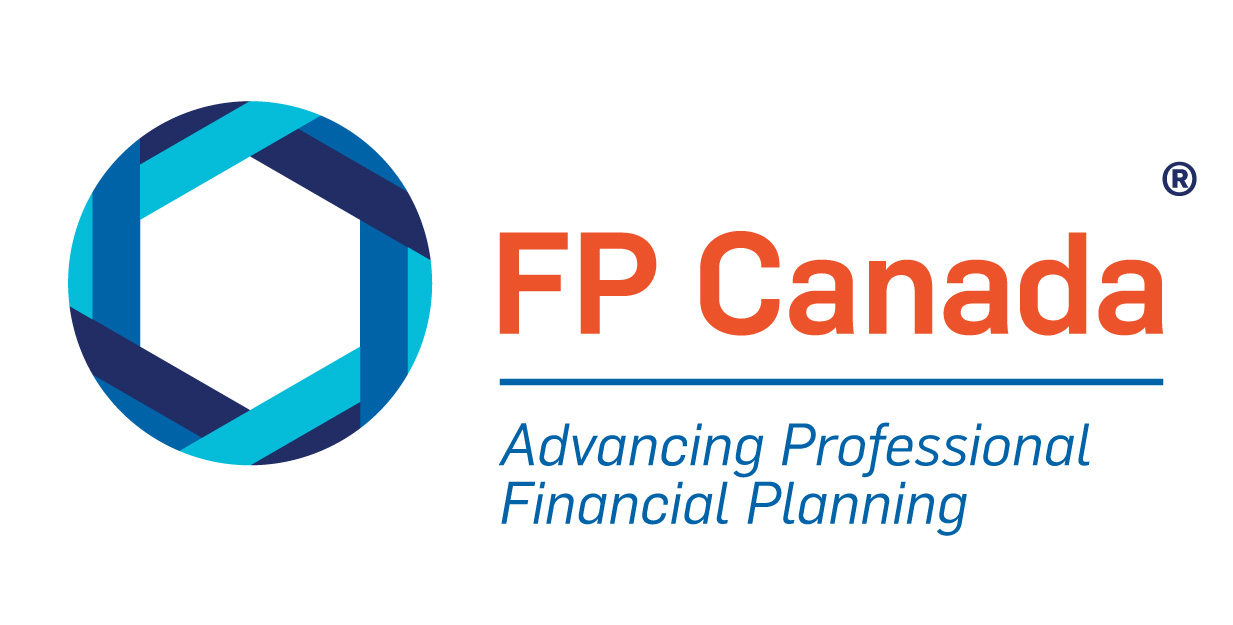When you think of long-term care what comes to mind? Do you have a memory from childhood of visiting a grandparent? Maybe stories about long-term care facilities during the Covid years come to mind. Out of these experiences, a common worry usually emerges—one that has to do with losing independence as we age. As a result, it’s common to avoid long-term care planning conversations.
Of course, another reason many families are hesitant to broach the subject is that they may be anxious about the potential financial strain that’s often associated with this type of care. The good news is, there are steps Canadians can take to start a conversation about the future with their older loved ones—and ensure the most affordable care possible.
Here’s how you can help make this transition a smooth one.
Starting the Conversation
You may be wondering how to approach the subject of long-term care with your family member—before a crisis or emergency arises.
First off, start early. Doing so is important, as you don’t want to be blindsided emotionally or financially. To reduce stress and anxiety, keep it casual. A light conversation during a coffee or walk can lay the foundation for a more in-depth talk later on. You could begin by sharing a story of a friend who has had a good experience with a relative in long-term care. From there, you can transition into asking questions.
You might ask, “have you ever thought about what you would want if you needed help down the road?” The information you’ll uncover can help you start thinking about options that align with your loved one’s preferences. They’ll also enable you to begin looking into the associated costs.
Here are some areas you’ll want to cover:
In-home care versus assisted living – In-home care involves staying in one’s home and receiving some support. This support could include everything from light housekeeping and meal preparation to full-time care. Assisted living entails moving into a residence that provides built-in support. These residences generally offer different levels of care and common areas, with meals included. It’s important to know that costs can vary a lot for both options, depending on the amount of care required. For this reason, it’s best to understand your loved one’s preferences early so you can start looking into options to see if they’re feasible.
Finances and budgeting – How much can your loved one afford each month? What options are available to help cover the expenses of in-home care or assisted living? This is where looking at income sources, savings, investments, and government benefits becomes important. You may also consider whether you or other family members are in a position to contribute if need be.
Power of Attorney – A power of attorney is a legal document that allows an individual to give someone else authority to make decisions on their behalf if they’re unable to do so (due to illness or disability, for example). There are two types of power of attorney. The first pertains to property and money (so it’s related to managing money, bills, and savings). The second relates to health and personal care (i.e. making medical and daily care decisions).
Having these documents in place helps ensure that your loved one’s wishes related to their medical care and finances can be acted upon. Discussing them can provide all involved with peace of mind. Please remember that powers of attorney should be reviewed and updated regularly.
Budgeting for the Your Loved One’s Care
It’s never too early to start planning financially. Here are a few tips to help you and your loved one start budgeting:
- Take stock of available finances - If possible, work with your loved one to create an inventory of their finances. What’s coming in and what’s going out? If you’ll be contributing to their care, it’s important to take a comprehensive look at your own finances and determine what you can realistically afford.
- Explore care options and costs – Research can help your loved one make an informed decision. Take the time you need to understand the pricing and availability of local in-home care options versus long-term care or assisted living residences.
- Consider income sources - What sources of income are available to help cover the costs? Examples may include RIFs (retirement income funds), CPP (the Canadian Pension Plan), OAS (Old Age Security), and TFSAs (tax-free savings accounts), among others.
- Check for tax credits and deductions - Research credits and deductions your loved one may be eligible for. Examples include the Disability Tax Credit and various medical expense deductions.
- Work with a professional – From a financial perspective, a Certified Financial Planner® professional or Qualified Associate Financial Planner™ professional can provide guidance and support, and help you start the conversation. Sometimes having a third party in the room makes it easier for those involved in care planning to ask the right questions and map out next steps.
Discussing long-term care with can come with significant challenges. Fortunately, sensitive conversations, careful research, and thorough budgeting can help you assist your loved one as they transition to the next phase of their life.
To find a CFP® professional or QAFP® professional who can help you and your loved one start planning financially for their future care, use the Find Your Planner tool.

Zena Amundsen, CFP, is the owner of Astra Financial Services in Regina, SK.

 Find Your Financial Planner
Find Your Financial Planner



